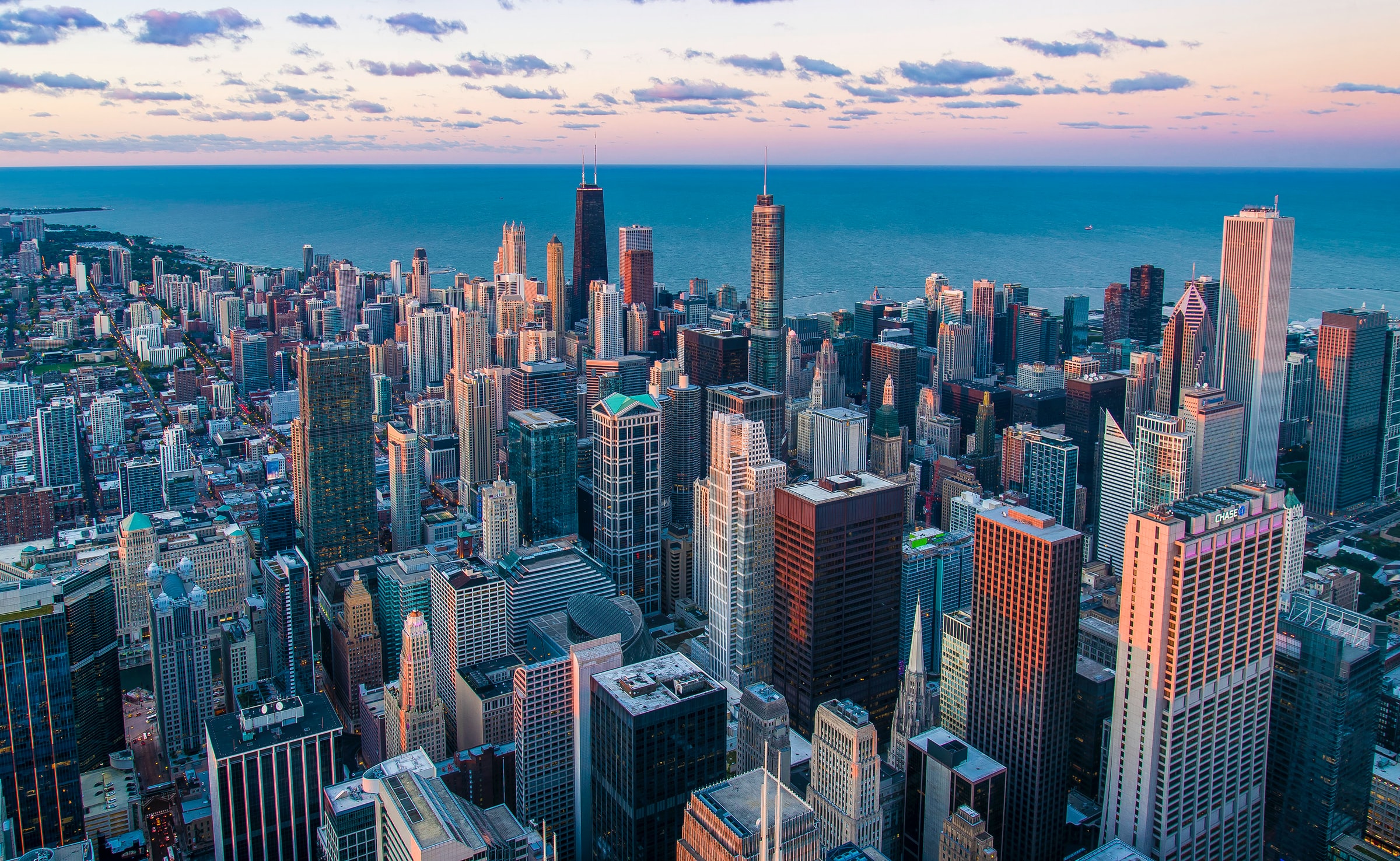14 results found

The credit risk metrics for infrastructure debt improved during the COVID-19 pandemic, while those for non-infrastructure debt worsened. The performance of infrastructure loans demonstrates that infrastructure assets are resilient to adverse economic scenarios like pandemics.


The COVID-19 pandemic boosted investors’ interest in digital infrastructure and digital services. Policymakers have an opportunity to amplify these effects by accelerating market reforms
Infrastructure Monitor is the GI Hub's flagship report on the state of investment in infrastructure. The 2021 report examines global private investment in infrastructure projects, infrastructure investment performance, project preparation, ESG factors in infrastructure investment, and COVID-19 impacts.
The infrastructure sector needs to make a fundamental shift from built solutions that address singular problems to those that address multiple transformative outcomes.
The pandemic increased inequalities among vulnerable people and highlighted gaps in access to financing and services in every country. Simultaneously, the climate crisis is still at ‘code red’. From every vantage point, it is clear that we need to get the most possible out of the unprecedented level of infrastructure as a stimulus.
Today, the GI Hub has launched a new resource that shows how G20 governments are spending the USD3.2 trillion in infrastructure as a stimulus.

Public investment in infrastructure is more effective in increasing economic output than other types of public spending


The COVID-19 health crisis has highlighted the chronic underinvestment in social infrastructure around the world. Dr. Georg Inderst discusses Global Infrastructure Hub’s recently released Infrastructure Monitor 2020 report and what can be done to attract more public and private investors to social infrastructure.
Artificial Intelligence (AI) to enable the early identification of health issues and tailor a response to minimise community and economic disruption.
COVID-19 is the worst crisis since the Great Depression, and it will take significant innovation on the policy front to recover from this calamity.
Discover three trends in infrastructure design and use that resulted from the pandemic and are likely going to remain relevant to the infrastructure of the future.

Merchant infrastructure, larger investors and the transport sector have experienced larger declines in returns due to COVID-19.


Understanding the risks facing Brazil’s port privatisation program was the focus of a recent webinar hosted by the Global Infrastructure Hub, with a focus on experiences from Latin America and globally.
A message from Global Infrastructure CEO, Marie Lam-Frendo, regarding the COVID-19 (coronavirus) pandemic.


 Infrastructure Monitor insights
Infrastructure Monitor insights










